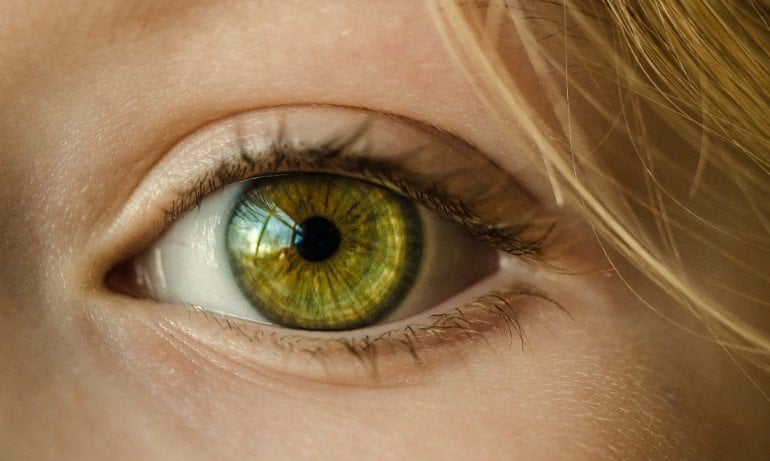Summary: Researchers have identified a network of genes in Zebrafish that regulate the process of determining whether certain neurons will regenerate.
Source: University of Notre Dame
The death of neurons, whether in the brain or the eye, can result in a number of human neurodegenerative disorders, from blindness to Parkinson’s disease. Current treatments for these disorders can only slow the progression of the illness, because once a neuron dies, it cannot be replaced.
Now, a team of researchers from the University of Notre Dame, Johns Hopkins University, Ohio State University and the University of Florida has identified networks of genes that regulate the process responsible for determining whether neurons will regenerate in certain animals, such as zebrafish.
“This study is proof of principle, showing that it is possible to regenerate retinal neurons. We now believe the process for regenerating neurons in the brain will be similar,” said David Hyde, professor in the Department of Biological Sciences at Notre Dame and co-author on the study.
For the study, published in Science, the researchers mapped the genes of animals that have the ability to regenerate retinal neurons. For example, when the retina of a zebrafish is damaged, cells called the Müller glia go through a process known as reprogramming. During reprogramming, the Müller glia cells will change their gene expression to become like progenitor cells, or cells that are used during early development of an organism. Therefore, these now progenitor-like cells can become any cell necessary to fix the damaged retina.
Like zebrafish, people also have Müller glia cells. However, when the human retina is damaged, the Müller glia cells respond with gliosis, a process that does not allow them to reprogram.
“After determining the varying animal processes for retina damage recovery, we had to decipher if the process for reprogramming and gliosis were similar. Would the Müller glia follow the same path in regenerating and non-regenerating animals or would the paths be completely different?” said Hyde, who also serves as the Kenna Director of the Zebrafish Research Center at Notre Dame.

“This was really important, because if we want to be able to use Müller glia cells to regenerate retinal neurons in people, we need to understand if it would be a matter of redirecting the current Müller glia path or if it would require an entirely different process.”
The research team found that the regeneration process only requires the organism to “turn back on” its early development processes. Additionally, researchers were able to show that during zebrafish regeneration, Müller glia also go through gliosis, meaning that organisms that are able to regenerate retinal neurons do follow a similar path to animals that cannot.
While the network of genes in zebrafish was able to move Müller glia cells from gliosis into the reprogrammed state, the network of genes in a mouse model blocked the Müller glia from reprogramming.
From there, researchers were able to modify zebrafish Müller glia cells into a similar state that blocked reprogramming while also having a mouse model regenerate some retinal neurons.
Next, the researchers will aim to identify the number of gene regulatory networks responsible for neuronal regeneration and exactly which genes within the network are responsible for regulating regeneration.
About this genetics and neuroscience research news
Source: University of Notre Dame
Contact: Press Office – University of Notre Dame
Image: The image is in the public domain.
Original Research: Closed access.
“Gene regulatory networks controlling vertebrate retinal regeneration” by David Hyde et al. Science.
Abstract
Gene regulatory networks controlling vertebrate retinal regeneration
Injury induces retinal Müller glia of certain cold-blooded vertebrates, but not mammals, to regenerate neurons. To identify gene regulatory networks that reprogram Müller glia into progenitor cells, we profiled changes in gene expression and chromatin accessibility in Müller glia from zebrafish, chick and mice in response to different stimuli. We identified evolutionarily conserved and species-specific gene networks controlling glial quiescence, reactivity and neurogenesis. In zebrafish and chick, transition from the quiescence to reactivity is essential for retinal regeneration, while in mice a dedicated network suppresses neurogenic competence and restores quiescence. Disruption of nuclear factor I (NFI) transcription factors, which maintain and restore quiescence, induces Müller glia to proliferate and generate neurons in adult mice following injury. These findings may aid in designing therapies to restore retinal neurons lost to degenerative diseases.






